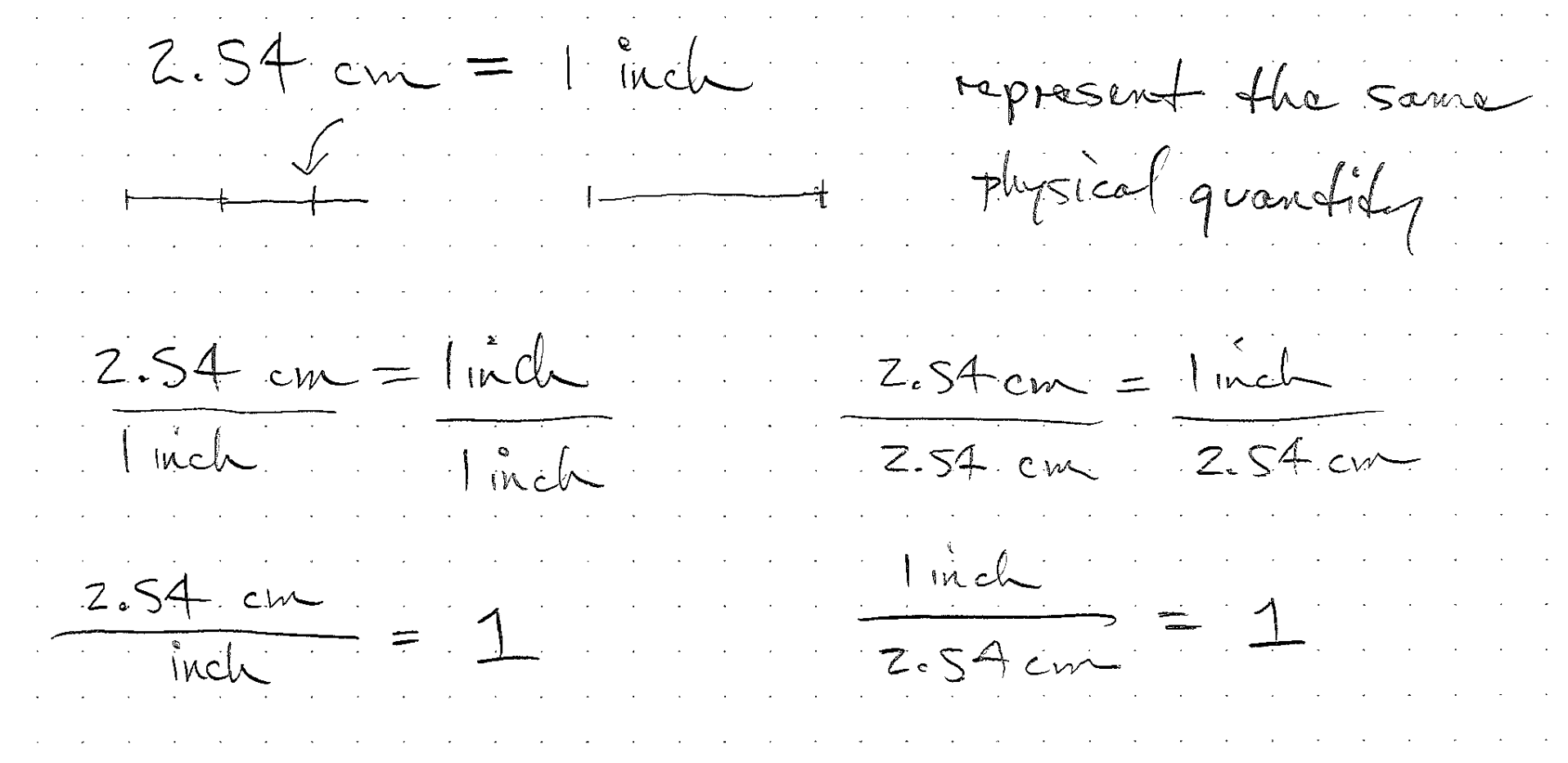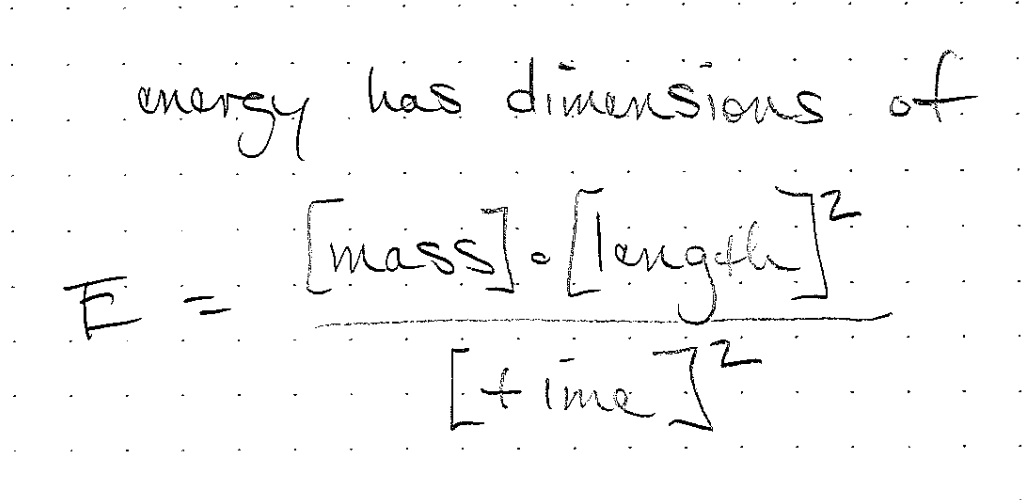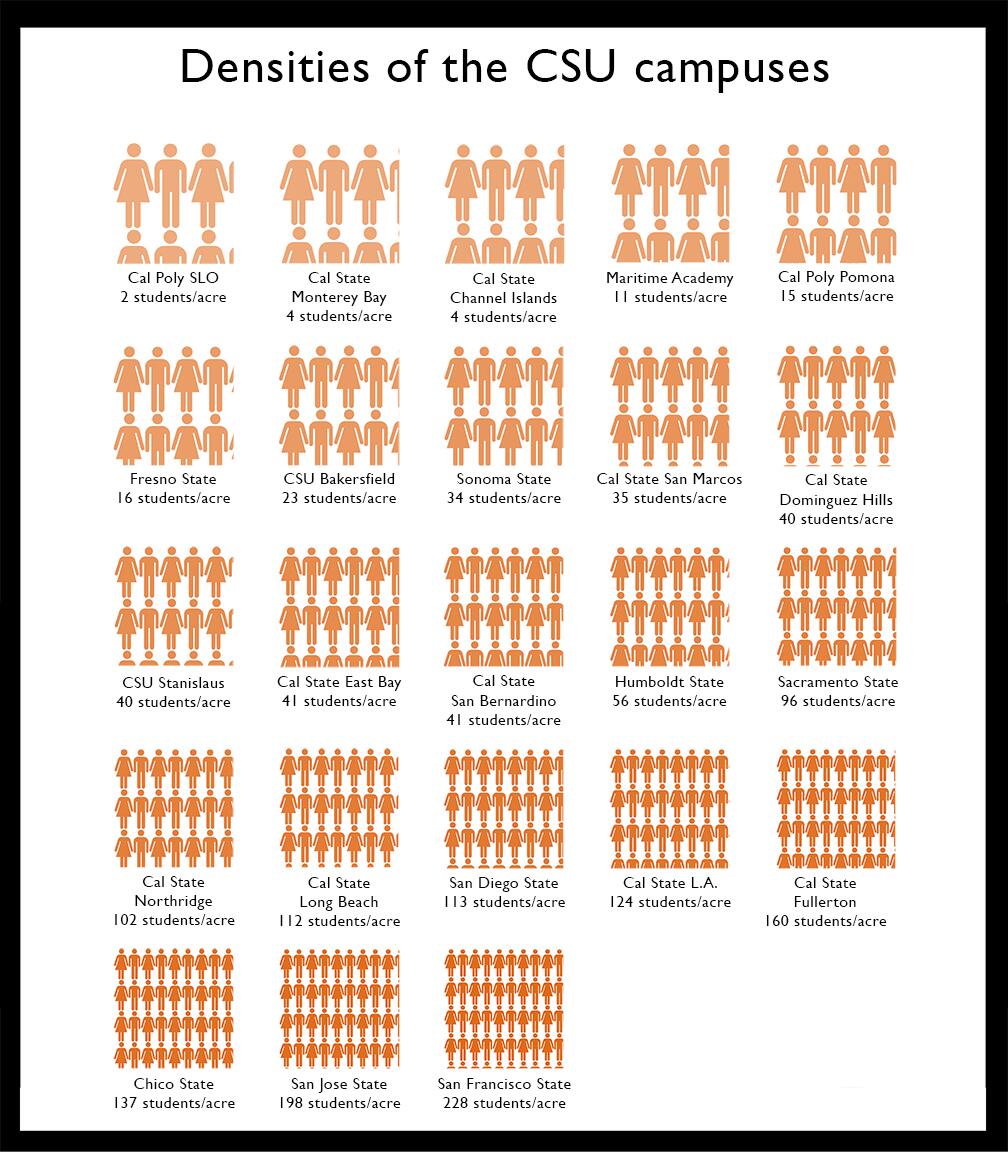Quantities
When we use mathematics to model the physical world, we need additional tools to represent physical quantities. A number only gives a magnitude. When we combine that number with a unit (length, mass) it becomes a quantity that can represent something physical.
Dimensions, units, quantities
- A quantity represents a physical measurement like mass, length or amount of energy
- We represent a quantity with a number and a unit
- The dimension of a quantity is different than the unit
- For example 1 inch is the same as 2.54 centimeters even though 1 and 2.54 are not the same number
Physical Quantities
- Our numbers are often helping us represent physical quantities
- Examples:
- The length of a tree
- The number of animals observed
- The number of molecules of mercury in a fish
- A physical quantity is expressed as the product of a unit and a numerical factor
Dimensions
- These physical quantities often have a dimension
- Examples:
- Length
- Time
- Mass
In our estimations, we may have quantities that are not in fundamental units such as length or time. For example, we may be counting a population of animals, or the number of power plants needed.
Units
- To quantify dimensions, we use units
- One dimension may have multiple units
- Length: inches, miles, kilometers, light-years
- Mass: grams, pounds, kilograms
- There are also systems of units like SI or English
Measurement
- Each measurement we make is an estimation of the physical quantity
Consequences
- NASA Mars Climate Orbiter destroyed because of newton vs pounds of force
- A cargo flight was lost in 1999 when crew confused meters and feet
Unit conversion factors
- These factors are equivalent to one or unity and are dimensionless
- They are not numerically equal to one in most cases.
- Units can be crossed out


Unit conversion factors
- These factors are equivalent to one or unity and are dimensionless
- They are not numerically equal to one in most cases.
- Units can be crossed out
- They can have units but be dimensionless
Different Dimensions
- You cannot convert a quantity with one dimension to another dimension with a unit conversion factor
- There may be a linear relationship between those two quantities that looks like a “conversion” but isn’t
Unit conversion factors
These two quantities are equal.
3 \textrm{feet} = 1 \textrm{yard}
If we divide both sides by 3 feet, we get
1 = \frac{1\ \textrm{yard}}{3\ \textrm{feet}}
Note that this quantity has units of yard per feet, but has no dimensions since it is a length divided by a length. If you multiply a quantity of feet by this, you won’t change the quantity but you will change the units.
Two units in the denominator
- Births per capita per year
- Hours per week per unit
Combinations of units
- We often combine units to express new quantities
Student density
- Students per acre
- Number per area
- Spans two orders of magnitude
Example: Units of students per acre
Dimensional analysis example
We can use the dimensions of the relevant quantities to deduce the form of an equation


Mass Example
Convert the quantity of 150 pounds to kilograms.
150\ {\color{blue}\cancel{\textrm{pounds}}} \cdot \frac{1\ \textrm{kilogram}} {2.2 \color{blue}\cancel{\textrm{pound}}} = 68\ \textrm{kilograms}
Speed Example
Convert the quantity of 100 miles per hour to meters per second. Note that we make two unit conversions. One from miles to meters and another from hours to seconds.
Once we have this set up, we perform the computation on a calculator or other device.
Some students prefer to perform this computation in steps.
\frac{100\ {\color{blue}\cancel{\textrm{miles}}}} {\color{green}\cancel{\textrm{hour}}} \cdot \frac{1600\ \textrm{meters}} {\color{blue}\cancel{\textrm{mile}}} \cdot \frac{\color{green}\cancel{\textrm{hour}}} {3600\ \textrm{sec}} = \frac{44\ \textrm{meters}} {\textrm{sec}}
“Per Per” Example
In August 2021, Sonoma County is recording 20 new cases per day per 100,000 people. If we have a population of 5,000 people, how many cases per week do we expect?
\frac{20 \textrm{cases}}{{\color{green}\cancel{\textrm{day}}}\cdot 100,000\ \color{blue}\cancel{\textrm{people}}} \cdot 5,000\ {\color{blue}\cancel{\textrm{people}}} \cdot \frac{7\ \color{green}\cancel{\textrm{day}}}{\textrm{week}} = 7\ \textrm{cases per week}
